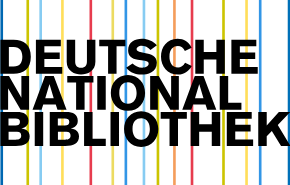EXTRALINGUISTIC MEANS: CONTEXTUAL AND SOCIO-CULTURAL FACTORS IN THE RELATIONSHIP BETWEEN OBJECT AND SUBJECT
DOI:
https://doi.org/10.55640/Keywords:
extralinguistic means, context, socio-cultural factors, communication, pragmatics, intercultural competenceAbstract
This article explores the role of extralinguistic means in shaping the communicative relationship between object and subject, emphasizing the significance of contextual and socio-cultural factors beyond verbal language. Drawing on linguistic pragmatics, cultural semiotics, and intercultural communication theory, the study examines how non-verbal signals—such as gestures, facial expressions, spatial distance, and situational cues—mediate meaning in diverse communicative settings. Through a comparative analysis of high-context and low-context cultures, the research highlights the implicit mechanisms by which extralinguistic elements construct, reinforce, or distort verbal messages. The findings suggest that understanding these factors is essential for decoding communicative intent, preventing cross-cultural misunderstandings, and enhancing intercultural competence. The paper concludes that extralinguistic phenomena are not peripheral to language but form an integrated part of meaning-making processes within socio-cultural systems.
References
Goffman, E. (1981). Forms of Talk. University of Pennsylvania Press.
Hall, E. T. (1976). Beyond Culture. Anchor Press.
Kendon, A. (2004). Gesture: Visible Action as Utterance. Cambridge University Press.
McNeill, D. (2005). Gesture and Thought. University of Chicago Press.
Wierzbicka, A. (2006). English: Meaning and Culture. Oxford University Press.
van Dijk, T. A. (2008). Discourse and Context: A Sociocognitive Approach. Cambridge University Press.
Downloads
Published
Issue
Section
License

This work is licensed under a Creative Commons Attribution 4.0 International License.
Authors retain the copyright of their manuscripts, and all Open Access articles are disseminated under the terms of the Creative Commons Attribution License 4.0 (CC-BY), which licenses unrestricted use, distribution, and reproduction in any medium, provided that the original work is appropriately cited. The use of general descriptive names, trade names, trademarks, and so forth in this publication, even if not specifically identified, does not imply that these names are not protected by the relevant laws and regulations.







